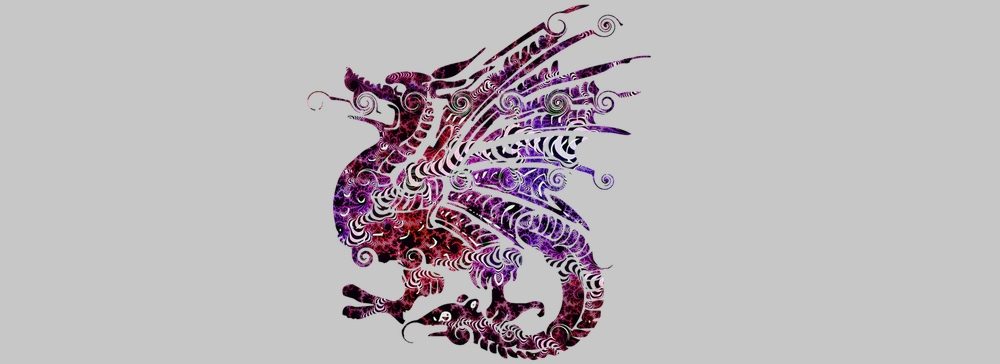I’ve been writing about dragons from both the english and the chinese culture now, as well as the dragons seen in movies. Obvioulsy, dragons has been part of the myths and stories in different parts of the world for a long time – and no one really knows where they first come from. They have been part of the Chinese culture for a very long time, but they have been around for quite a while in other parts of the world too – like in europe, where dragons are common in stories and myths as well. But we may never know exactly where the dragons originals came from, or who came up with them first.
One very common idea of how the dragons were “invented” is that somewhere, a long time ago, people came across a dinosaur skeleton. Not knowing that dinosaurs used to walk the earth, I can see why they found it quite frightening. Other people think that the idea for the dragons came up after seeing crocodiles or some other kind of large reptiles. However, it is hard to make out what inspired the dragons, ecpecially since they look different in different kulturs and mythologies. Like I wrote in the post about dragons in chinese culture, the dragons there looked mostly like snakes – long and slim. In European mythology though, most dragons have legs and wings, and doesn’t look that much like snakes.
In Southern Europe, they believed in what is called the “Greek dragon”. In Greece, the first mention of a dragon is from the Iliad – where Agamemnon is said to have a blue dragon motif on his sword belt as well as on his chest plate. But the greek word for dragon can also mean snake, so there is a possibility that it actually were images of stakes that Agamemnon carried. But since this was the first mention of the word “dragon”, the name “Greek dragon” stuck around. In another greek book, called On Animals, there was a type of dragon that inhabited Ethiopia. That dragon hunted elephants, and could grow to a length of 180 feet, or 55 meters. In Eastern Europe though, they believed that dragons had three heads, and usually the heads were believed to grow back if not all three heads are cut off at once.
But there are some things that the Southern and Eastern Europe mythology have in common. The dragons were scaly, and some of them could breathe fire. The dragons were also believed to have magic powers, which came from something called “drakonita”. This was like a small stone, placed in the förehead or inside the head of the dragon. You could pick it out and use its magic, but in that case it would have to be removed while the dragon was alive. The stone has a bit of resemblance to the pearls that can be seen with dragons in the chinese mythology.
So even if the dragons are a bit different in the different cultures, they do have a lot in common. We will probably never know who came up with the idea of dragons first, but it’s internsting to see that people from opposite sides of the world believed in pretty much the same thing. Did the word simply spread by stories, or is there some other reason that the entire world used to believe in dragons? Maybe they actually did exist for a while?
